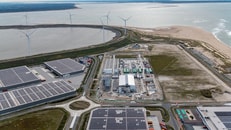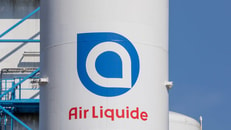Webinar: How AI boosts cylinder tracking and lifecycle management
It will be hard to look at the humble cylinder in quite the same light again.
Artificial intelligence is reshaping how industrial gas companies manage their cylinders, with new technologies enabling smarter registration, improved traceability, and predictive maintenance regimes.
Tracking software specialist TrackAbout and distribution software company Datacor partnered on a recent gasworld webinar and are applying AI to longstanding pain points in cylinder lifecycle management. It is helping reduce errors, improve data integrity, and drive greater operational efficiency.
... to continue reading you must be subscribed




























